|
The Welsh Terrier was bred for hunting rats, badgers, otter and fox. Their coat is wiry and medium length, coming in deep tan with black or grizzle jacket. * Welsh Terriers are playful and mischievous, but calm enough to be good house pets. They are independent and sensitive, reserved with strangers and tend to dig or bark. They can be scrappy with other dogs. They need a moderate leash walk every day or an invigorating play session. Their wiry jacket needs combing two or three times a week, plus shaping every three months. * Health concerns include lens luxation and glaucoma West Highland Terriers come from Scotland (of course!) and were hunters of badgers, fox and vermin. Their coats are straight, hard, medium length and white. * Westies are happy and curious dogs. They are both affectionate and demanding. They also bark and dig…just like the Scottish (I can say that—I have Scottish blood). They need a short walk or play session every day. Their coat needs combing two to three times a week, plus shaping every three months. * Main health concerns include Globoid cell leukodystrophy (caused by genetic defects in a lysosomal enzyme and results in progressive damage to the nervous system), Legg-Perthes, jaw problems, copper toxicosis, cataracts, patellar luxation. Now we arrive at the Toy Group, and begin with the Affenpinscher, originating in Germany and one of the oldest toy breeds. They were originally bred for vermin hunting and as a lap dog. Their coats are medium and harsh, coming in black, grey, red, silver, black and tan or beige; with or without a black mask. * These are playful, busy and bold dogs that can also be stubborn and tend to bark and even climb! Their exercise needs can be met with vigorous indoor games or romps in the yard, or short walks. Their coat needs shaping every three months, but combing two-three times a week. * Main health concern is patellar luxation. The Brussels Griffon originates in Brussels as a small vermin hunter and companion dog. Their coats are harsh, medium length for the rough coat, and soft and short for the smooth coat. They come in red, beige (mixed reddish brown and black), black and tan or black. * They were once favoured as a guard or mascot of cabs in Brussels in the 1800s. Brussels Griffon dogs are spunky and filled with gusto! They are both playful and stubborn, and they tend to bark and climb. They need a rousing game or short walk daily, and their coat needs combing two or three times weekly, plus shaping by stripping every three months, but smooth coats only need occasional brushing. * No noted health concerns specific to the Brussels Griffon! The Cavalier King Charles Spaniel was not included among the Spaniels I listed in the Sporting group, as these guys (and the upcoming English Toy Spaniels) are squarely in the Toy Group. They originate in England for flushing small birds and as lap dogs. These Spaniels coats are long and silky and come in ruby (solid red), Blenheim (red and white), black and tan, and tricolour. * Cavaliers are sweet and gentle, very affectionate and amiable towards other dogs, pets and people. They need a short to moderate walk or a good romp daily, and their long coat needs brushing every other day. * Health concerns include heart problems, hip dysplasia, syringomelia (disorder in which a cyst or cavity forms within the spinal cord), patellar luxation And now…drum roll…the CHIHUAHUA (just like my dogger, Raxl)!!! Originating in Chihuahua Mexico, but their ancestors may have come from China, brought to the New World by Spanish traders. Or their ancestors may be from Central and South America, descending from the native Techichi, a small and mute (!) dog…or perhaps both theories are correct and the tiny Chinese dogs were crossed with the Techichis. * Whatever their origins, the little dogs were abandoned by the Aztecs when conquered by Cortes in the 16th century. 300 years later, three tiny dogs were found in Chihuahua. These pedro's poderosos were also ceremonial dogs, come in long or smooth coats, and any colour you can come up with. Officially, they should not exceed 6 pounds. * Chihuahuas are intensely devoted to a single person (which I can attest to), though they can share a little of their love with a few other close friends/family, too. Sine are quite bold, while others are timid. Some bark, and they are reserved around strangers, but tend to be good with other household dogs and pets. They need a short walk or play session daily. Smooth coats need a brush once a week, long coats need brushing 2-3 times a week. * Health concerns include heart problems, hydrocephalus (a condition where cerebrospinal fluid builds up in a dog's skull, putting pressure on the brain) and patellar luxation. The Chinese Crested Dog was originally a ratter, lap dog and curio. They come in Hairless, with long, soft hair only on the head, feet and tail; and Powderpuff, with a long, straight outer coat and soft undercoat. They come in any colour and only weigh 5-12 pounds. * Hairless dogs seem to arise by mutation everywhere, but they have been perpetuated in Central and South America. Chinese Cresteds are playful and gentle…quite sensitive, really. They are devoted to family but are also good with strangers and other pets. They need a short walk or good romp daily. The Powderpull coat needs brushing every day or two, plus shaving of the muzzle every two weeks. The Hairless needs skincare, including application of moisturizer or sunblock, and bathing to prevent blackheads. * Health concerns include PRA, glaucoma, lens luxation and patellar luxation. English Toy Spaniels were originally intended for flushing small birds, and as lap dogs. Their coats are long and silky, and they come in solid red, black and tan, or either of these colours on a white background. They began as one breed along with the Cavalier King Charles Spaniels. * English Toy Spaniels are gentle and amiable, yet also playful and attentive. They are utterly devoted to their families, but they can be somewhat stubborn. They need only a short walk or romp daily. The long coat needs combing two times a week. * The only major health concern is patellar luxation. The Havanese originates in Cuba and originally functioned as a lap dog and a performer. They are one of the Barbichon family of small dogs originating in the Mediterranean in ancient times. They have a double coat, with a long and wavy outercoat. They come in all colours or combinations of colours, including white. * The Havanese is a busy and curious dog, happiest when the centre of attention (what with their performer background). They love to play and are affectionate with EVERYONE. They are willing to please, but tend to be vocal. Although they are energetic, their exercise needs are met with a short walk or a good romp every day. Coat care entails brushing 2-4 times a week (loose hairs can get caught in outer hairs, tending to tangle, unless combed out). * The main health concern is patellar luxation. Italian Greyhounds are very small versions of Greyhounds (and originate in Italy, of course). They were always meant to be lap dogs. Their coats are smooth and short, in any colour but brindle or black and tan.
* Evidence of dogs resembling Italian Greyhounds can be found in art dating back nearly 2000 years. These pups are sensitive and gentle, as well as devoted. They are reserved, often to the point of timidity, with strangers, but demonstrative with family. They need a moderate walk or a good run each day. * Main health concerns include periodontal disease, epilepsy, leg fractures, patellar luxation and PRA.
0 Comments
Leave a Reply. |
AuthorRegan is a certified Canine Massage Therapist (CCMT), has certification in First Aid and CPR for Pets, and some beginner training in Herbal Remedies and Aromatherapy for personal use. Archives
July 2024
Categories |


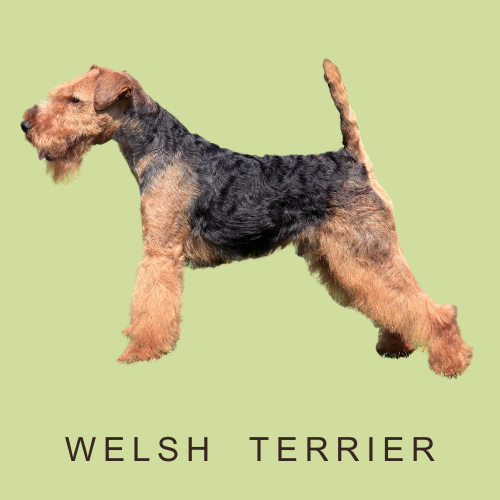
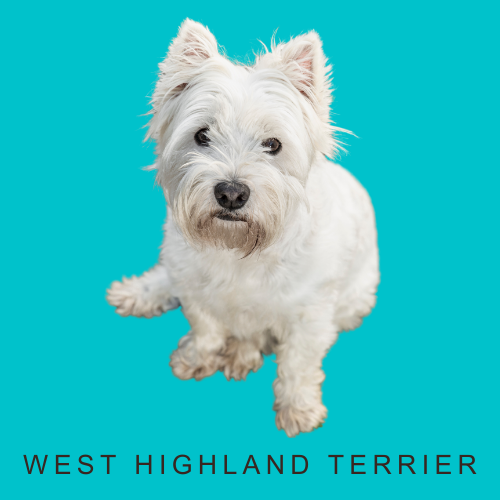
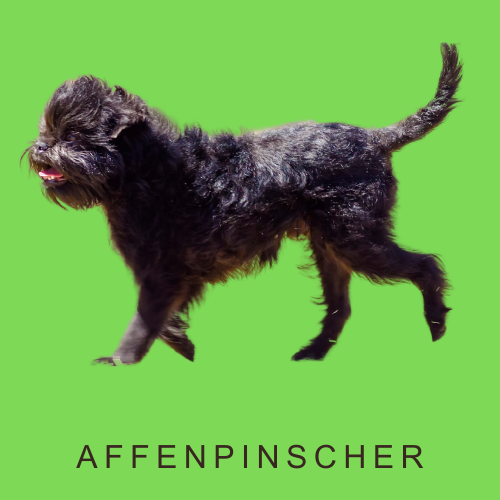
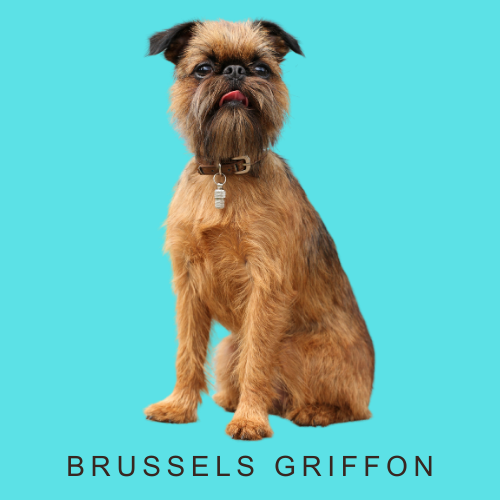
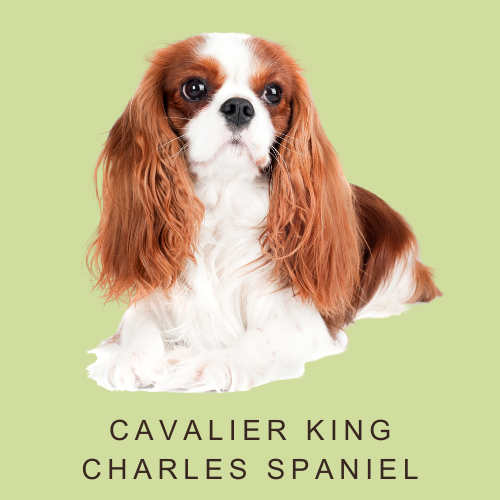
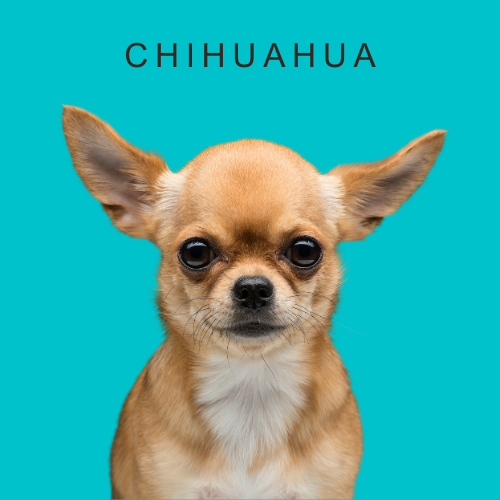
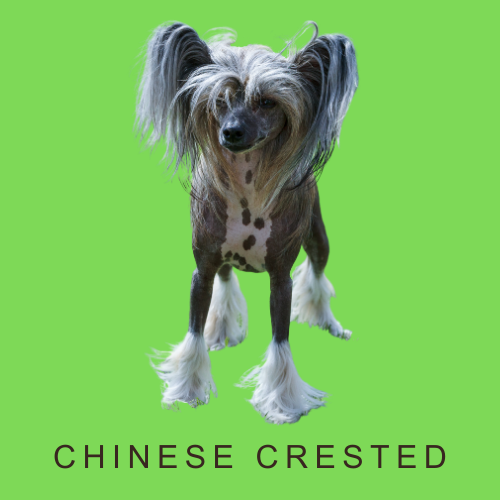
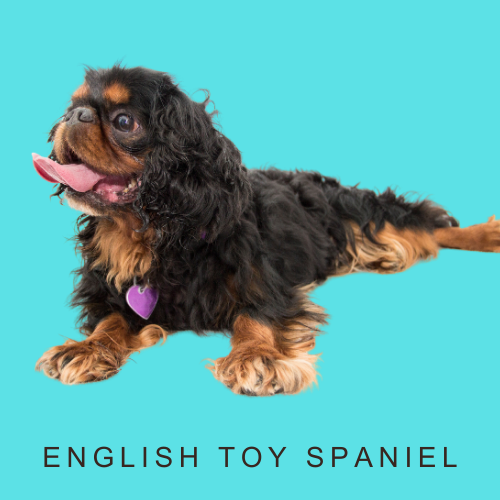
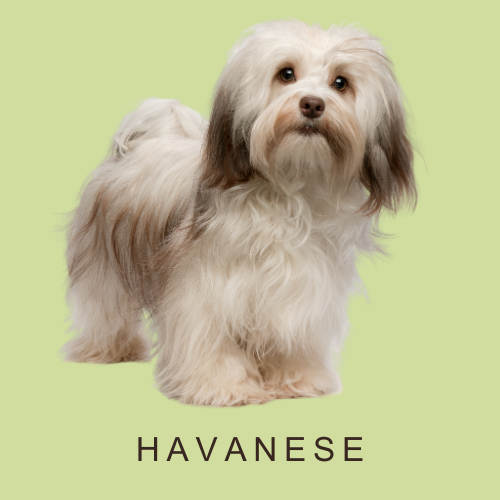
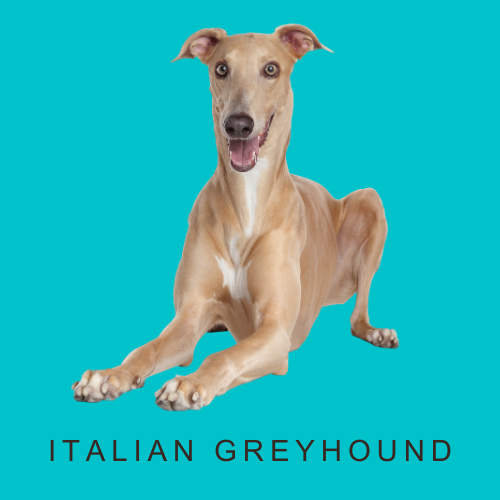
 RSS Feed
RSS Feed